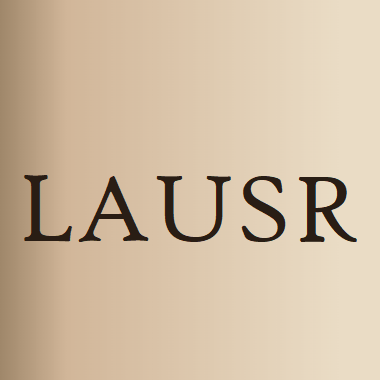
The necessity for resource-efficient manufacturing technologies requires new developments within the field of plastic processing. Lightweight design using wood fibers as sustainable reinforcement for thermoplastics might be one solution. The… Click to show full abstract
The necessity for resource-efficient manufacturing technologies requires new developments within the field of plastic processing. Lightweight design using wood fibers as sustainable reinforcement for thermoplastics might be one solution. The processing of wood fibers requires special attention to the applied thermal load. Even at low processing temperatures, the influence of the dwell time, temperature and shear force is critical to ensure the structural integrity of fibers. Therefore, this article compares different compounding rates for polypropylene with wood fibers and highlights their effects on the olfactory, visual and mechanical properties of the injection-molded part. The study compares one-step processing, using an injection-molding compounder (IMC), with two-step processing, using a twin-scew-extruder (TSE), a heating/cooling mixer (HCM) and an internal mixer (IM) with subsequent injection molding. Although the highest fiber length was achieved by using the IMC, the best mechanical properties were achieved by the HCM and IM. The measured oxidation induction time and volatile organic compound content indicate that the lowest amount of thermal damage occurred when using the HCM and IM. The advantage of one-time melting was evened out by the dwell time. The reinforcement of thermoplastics by wood fibers depends more strongly on the structural integrity of the fibers compared to their length and homogeneity.
Journal Title: Materials
Year Published: 2022
Link to full text (if available)
Share on Social Media: Sign Up to like & get
recommendations!